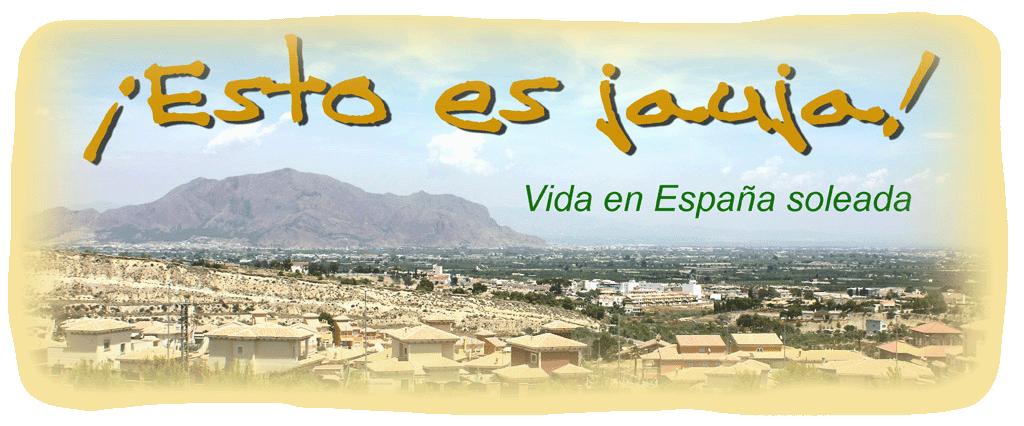Five centuries ago, Queen Isabella and King Ferdinand expelled Sephardic Jews from Spain. It is thought that there are now 3.5 million of these Spanish Jews living around the world.
The government now wants to right that wrong by fast-tracking their naturalisation back to Spain. However, sceptics say that the Jews were expelled because Spain wanted Jewish assets and it is for the same reason that the country now wants them to return.
After the Jews came the Muslims:
One hundred and twenty years years later, Muslims were forced to either convert to Christianity or leave and they now say that they want the same treatment as the Jews. In fact, many of the Muslims that were expelled never left the country. That highlights a problem for the government because, if they did offer naturalisation back to the Muslims, they would have to accept that many Spaniards today are in fact of Muslim descent.
There is no denying the Muslim Influence in modern-day Spain:
- The Moors introduced a variety of new crops to the Iberian peninsula including oranges, lemons, cotton and sugarcane. They also introduced rice, a key ingredient in paella, one of Spain's most well-known dishes.
- Arabic had a profound influence on Spanish, with linguists arguing that thousands of words of Arabic origin are used today in Spain. Examples include alcalde (mayor) and alfombra (carpet).
- The architectural influence of the Moors remains the most recognisable legacies in modern-day Spain, from the Mezquita de Córdoba to the Alhambra palace in Granada. Moorish architecture is defined by slender columns, horseshoe arches, serene courtyards and geometric patterns.
- The tangled, narrow street plans seen in many southern Spanish towns date back to Moorish times.
- The guitar, along with flamenco's signature cry of olé, are believed to be derived from early versions of the instruments brought by the Muslims to Spain.

No comments:
Post a Comment